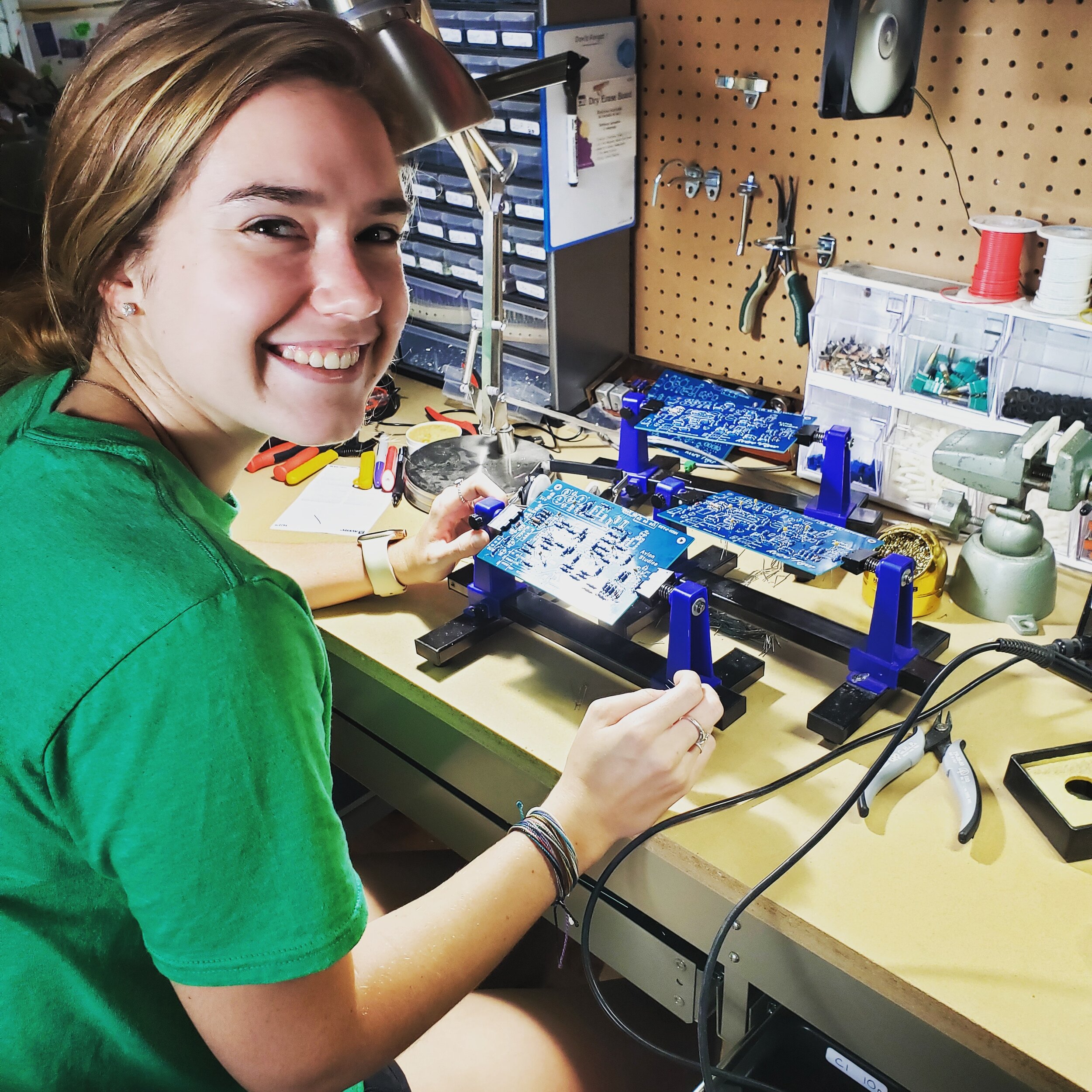I’ve resisted a lot of things in my tenure growing Avion from a garage shop to a proper workshop and electronics production. Including updating this blog. But mainly I’ve resisted a lot of annoying modern business pressures - posting incessantly on Instagram, flooding inboxes with “sales” and cutting lots of tight glossy reels. I love a good meme, I’ll stare at my screen in the dark well past my bedtime. It’s a powerful medium and occasionally a fun one. My long standing concern being that while fun, it’s fundamentally destructive to some crucial parts of our society. And in my mind, the more I invest in that virtual space, the farther we all go from the places that feel like home. That feel human. I have this obsession with practicing business in this very human way. Something that had largely vanished in America by the time I became a business owner. However, as a consumer everyone has braved a phone tree, gotten nowhere, only to be rebuffed by forms and scripts. So I feel fortunate to avoid these things at Avion - that in a sea of corpo-speak we can chat or write to people as ourselves. And maybe somehow be a small relief from the constant predatory impersonality that pervades our daily grind of commerce. I like to think our customers know this and feel this and we’re both better for it.
A small finished bit of the new Avion building. (yes, it’s still in progress)
The other major pressure I’ve resisted at Avion has been inflation. Such that we’ve had several small redesigns to move away from parts which have rocketed up in price. And through increasing volume and investment I’m very proud to say we really haven’t moved the price on much of anything these last five years. Through the sourcing demands of Covid and through the last couple of years of inflation. That’s all while trying to pay our staff fairly and increase their wages to keep up with all that inflation. And just doing that feels like real success in business to me. We could ask more for the items we produce, and they certainly cost more to produce than similar products from other companies that do charge more. But being accessible and giving people the absolute best we can at a fair price feels better and it’s honestly been an absolute pleasure to work in this way.
BUT, and of course there’s a but coming - the tariffs have already hit. Those techbros have won a lot more than our attention. And combined with so much general economic uncertainty I don’t see a way we can avoid raising our prices. The question is just how much do we need to raise them? Our costs will likely rise 10-20%, even though we manufacture most of our catalogue and all of our preamps here in the USA. But we require a lot of components to do that, and most of those are not to be found stateside. I think our little business is an interesting microcosm in this economic context - we strive to make as much in our American workshop as we possibly can. But commerce and manufacturing are inherently global at this stage. So buckle up world.
Flowers from the garden, side boxes from the workshop
World on Fire Sale: Unlike some companies (or maybe most) we’re not going to preemptively raise prices and apply those tariffs to our goods. We’ve been fortunate to invest in a lot of inventory. So for now - we’ll see how long we can keep selling at the same prices. But fair warning and sad news - it can’t last at these prices. Our products will always remain a fantastic deal. But if you’re considering a purchase, I would do it now. And while that is a sales tactic I abhor, it is also the truth that prices will never be lower. Congrats on reading this far and finding the least-advertised sale ever. But genuinely - thanks for all the good times. Here’s to another 10 years, one way or another.
All the best,
Morgen @ Avion























